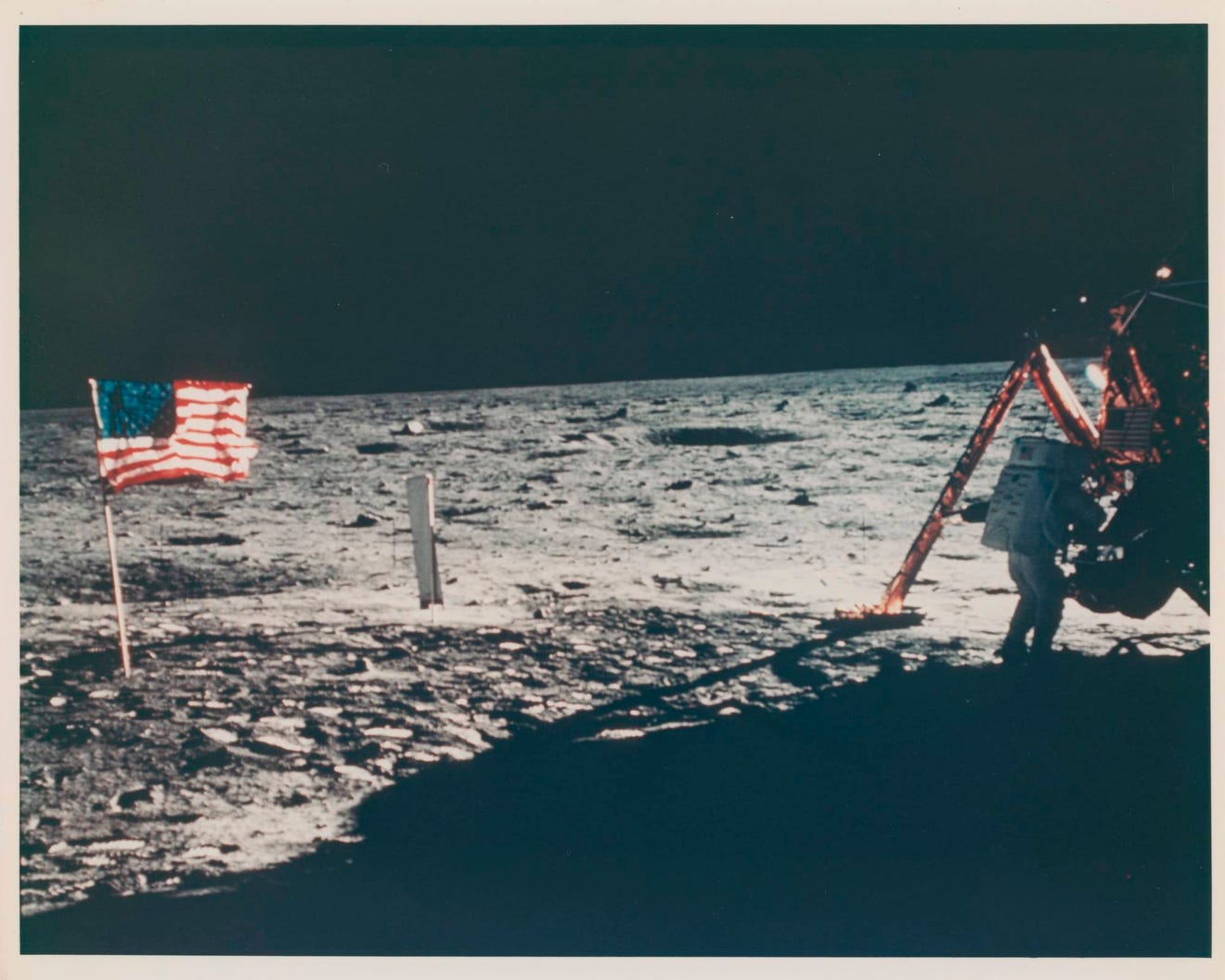The only photo ever taken of Neil Armstrong on the moon will likely go for a big chunk of change at a Christie’s auction.
An ultra-rare photo of the iconic astronaut after making mankind’s giant leap is expected to sell for more than $60,000 as part of the largest private collection of NASA images ever put to auction. It was taken by fellow moonwalker Buzz Aldrin after Apollo 11’s historic moon landing in 1969.
“Voyage to Another World: The Victor Martin-Malburet Photograph Collection” features 2,400 original photographs captured during the pinnacle of NASA’s missions. It features images spanning from Project Mercury, NASA’s first mission to bring a human to space, to 1972’s Apollo 17, the agency’s final moon landing.
Among the other images up for sale: The legendary “Earthrise” photograph, which is expected to go for nearly $38,000; the “Blue Marble” photograph, estimated at up to $31,000; and the first “space selfie,” taken by Aldrin, worth up to $10,000.
Many of these images were on display in museums worldwide last year, including the Grand Palais in Paris, to commemorate the 50th anniversary of the seminal Apollo 11, according to Christie’s.
Other pieces in the lot could be had for an estimate of just over $130, and because of the coronavirus pandemic, the auction will be held online, which makes the collection particularly accessible to the general space enthusiast.
“The astronauts are often portrayed as great scientists and heroes, but rarely are they hailed as some of the most significant photographers of all time,” said Victor Martin-Malburet, the collection owner, in a statement. According to Christie’s, he spent nearly 15 years compiling this collection.
“From the thin protections of their space capsules and EMUs,” he said, “they captured, with skill and daring, photographs which immediately embraced the iconography of the sublime, inspiring awe and wonder.”
The auction runs through Nov. 20.

